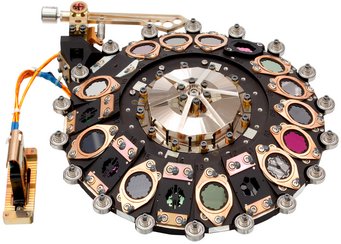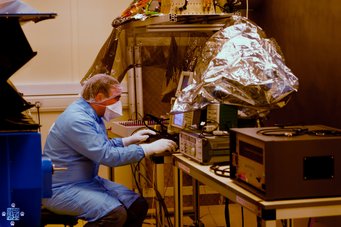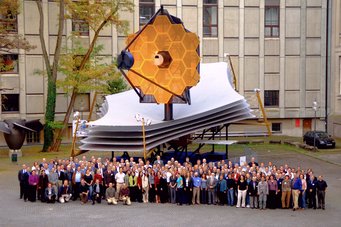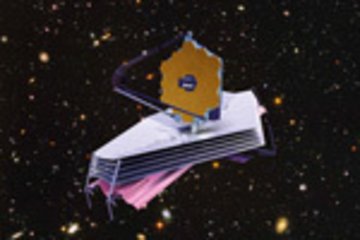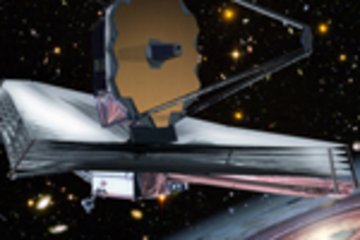From Heidelberg into outer space
The James Webb Space Telescope launches into space with equipment developed and built at the Max Planck Institute for Astronomy.
When the James Webb Space Telescope sets off on its mission into space, probably on 25 December 2021, technical components developed and built at the Max Planck Institute for Astronomy (MPIA) in Heidelberg will be on board. Among them is a filter wheel that turns the Webb Telescope’s MIRI camera into a scientific instrument with which astronomers hope to answer some of the most pressing questions in space research. This contribution is a cornerstone that will help secure the MPIA’s place at the forefront of astronomical research in the future.
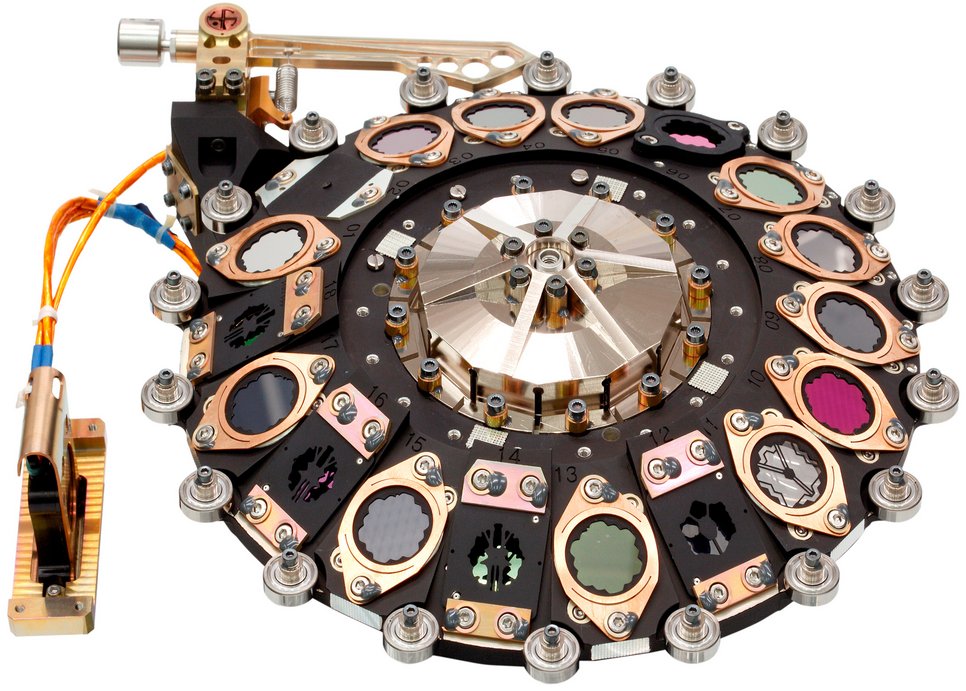
On 25 December 2021, after decades of planning, development and construction, and several delays, the James Webb Space Telescope (JWST) is scheduled to launch into space on an Ariane 5 rocket from the European spaceport Kourou in French Guiana. The Max Planck Institute for Astronomy (MPIA) in Heidelberg contributed various technical key components for two of the scientific instruments on board.
MPIA is one of the leading partners in the European consortium for MIRI (Mid InfraRed Instrument). In this role, engineers from MPIA, supported by Hensoldt in Oberkochen, developed, among other parts, a filter wheel for the MIRI camera and two grating wheels for the MIRI spectrograph. “With its own technical departments such as laboratories, a design office, as well as workshops for electronics and precision mechanics, MPIA has gained experience in the construction of scientific instruments for satellites for decades. This expertise was now also crucial in the development of these sophisticated components for the JWST,” explains Oliver Krause. He is the head of the research group for Infrared Space Astronomy at MPIA and the main responsible for the institute’s technical contributions.
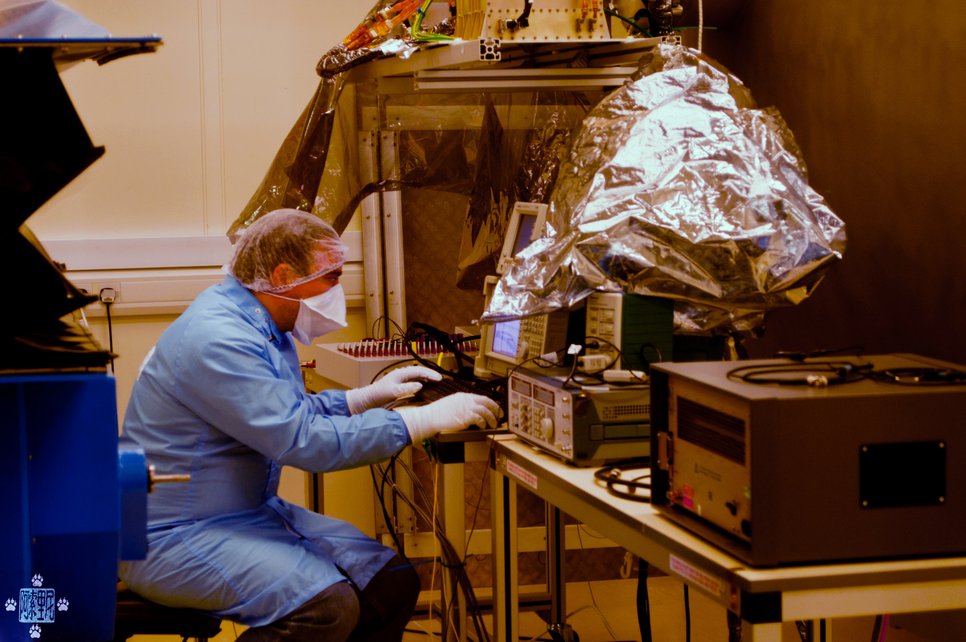
In addition, MPIA is leading the MIRI consortium regarding the development of the MIRI instrument’s electrical system. MIRI will operate in the infrared light spectrum, including wavelengths between five and 28 micrometres. MIRI is so sensitive that it could detect a candle on one of Jupiter’s moons.
MPIA is also involved in developing a filter and a grating wheel for the NIRSpec (Near InfraRed Spectrograph) instrument. NIRSpec covers a spectral range between 0.6 and five micrometres.
All these cryo-mechanisms, i.e. moving parts that operate under extreme cold, have to withstand temperatures as low as -266 °C, achieved by additional cooling devices. Conventional materials and lubricants would not work under these conditions. The mechanisms must work precisely, durably and, above all, maintenance-free. “After all, repair flights like those at the beginning of the operation of the Hubble Space Telescope are not possible with the JWST since it does not work in an Earth orbit. Instead, it operates at a distance of 1.5 million kilometres from Earth,” says MPIA Managing Director Thomas Henning.
MPIA and its industrial contractors have already delivered their instrumental hardware contributions to these two JWST instruments to NASA in 2012/2013. Since then, the instruments have had to undergo a series of rigorous test campaigns. MPIA’s JWST team was instrumental in preparing, conducting and evaluating these tests at NASA in the USA. In addition, the MPIA team is playing a key role in the development of the future data processing software for the MIRI instrument.
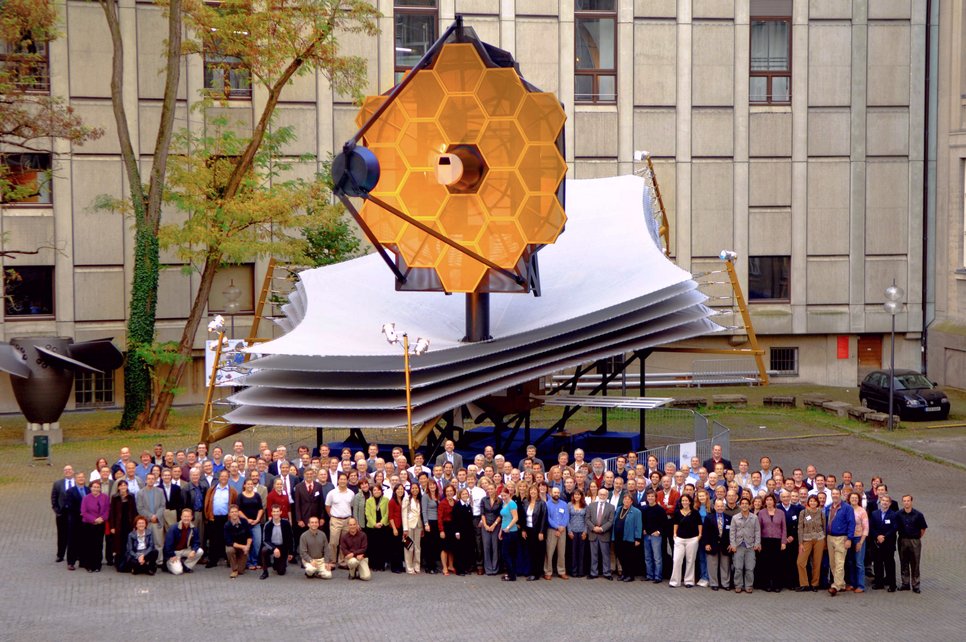
In return for their technical contributions, the participating research institutes receive so-called GT programmes (Guaranteed Time). MPIA is greatly represented here, in some cases also in a leading role. In addition, astronomers from MPIA have secured a large share of the observation time open to all researchers. Only the best programmes prevail in a peer-reviewed competition for the limited resource of time.
As co-investigator of the MIRI instrument, Henning leads one of the major MIRI science projects. He explains: “We want to find out what building material planets find in their birthplaces, the disks of gas and dust around young stars. To do this, we will use the MIRI spectrograph to elucidate the chemical composition of the gas and dust particles.” Several astronomers have moved from the US to the MPIA to conduct world-leading research with the JWST.
The James Webb Space Telescope has been under development since 1996 under the auspices of NASA. In terms of the findings to be expected, it is regarded as the successor to the Hubble Space Telescope. Hubble has been delivering impressive images and groundbreaking discoveries for more than 30 years. The expectations for the JWST are correspondingly high.
Additional information
The MIRI consortium consists of the ESA member states Belgium, Denmark, France, Germany, Ireland, the Netherlands, Spain, Sweden, Switzerland and the United Kingdom. JWST is a joint project of NASA, ESA and the Canadian Space Agency (CSA). JWST is scheduled for launch on 25 December 2021.
The work of the consortium is funded by the national science organisations; in Germany by the Max Planck Society (MPG) and the German Aerospace Center (DLR). The participating German institutions are the Max Planck Institute for Astronomy in Heidelberg, the University of Cologne, and Hensoldt AG in Oberkochen, formerly Carl Zeiss Optronics
MN
